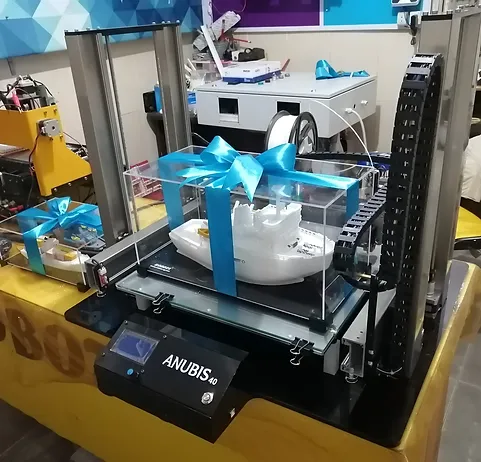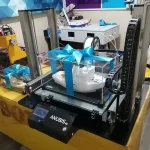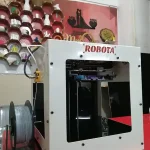3D printing, or additive manufacturing, is the construction of a three-dimensional object from a digital 3D model. It is a process in which material is deposited, typically layer by layer, to form a 3D model.
One of the key advantages of 3D printing is the ability to produce very complex shapes or geometries that would be otherwise impossible to construct by hand, including hollow parts or parts with internal truss structures to reduce weight.
For many applications traditional design and production processes impose a number of unacceptable constraints, including the expensive tooling, fixtures, and the need for assembly for complex parts. In addition, the subtractive manufacturing processes, such as machining, can result in up to 90% of the original block of material being wasted. In contrast, 3D printing is a process for creating objects directly, by adding material layer by layer in a variety of ways, depending on the technology used.




